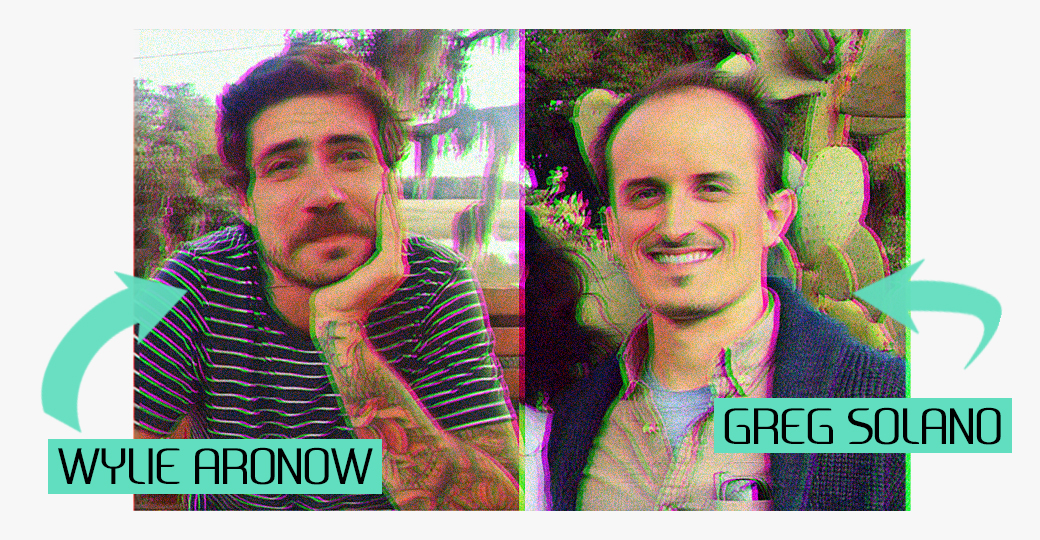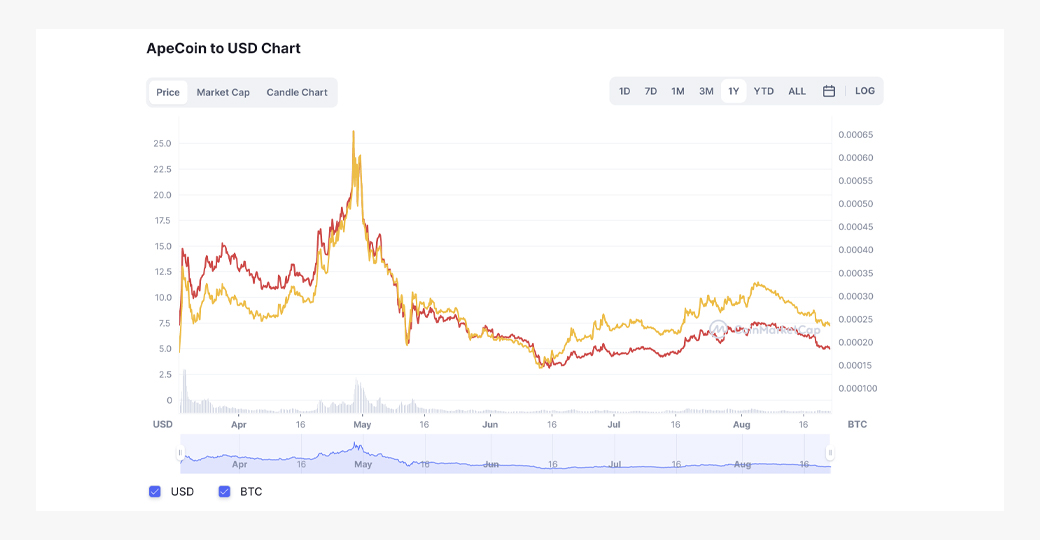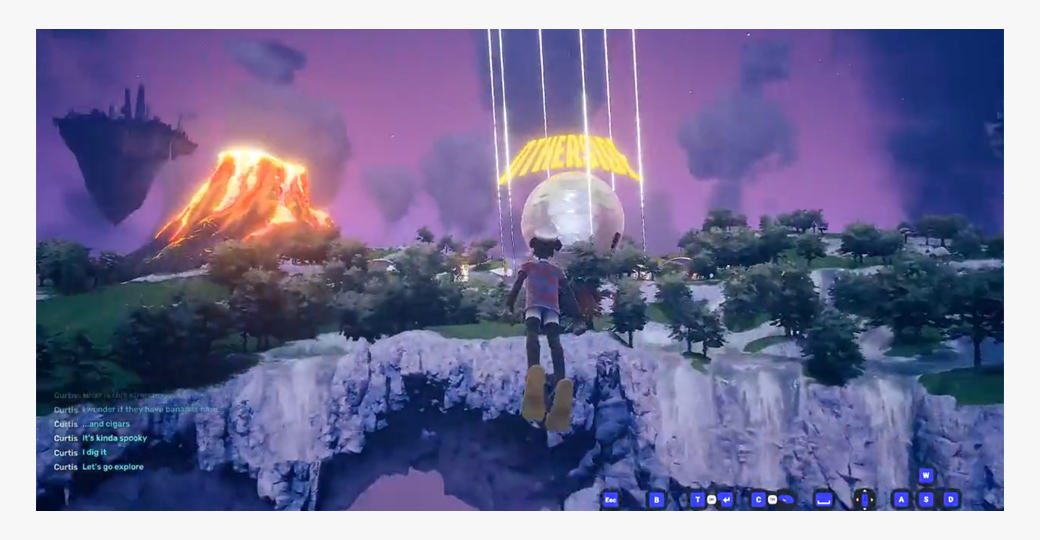
Yuga Labs – Evolution Of A Crypto Empire
- Posted: 22.08.22
Everyone knows the Apes.
And now we even know the main founders behind the apes:

Most know that Yuga Labs – the company behind Bored Apes Yacht Club – is on a roll, purchasing multiple blue-chip NFTs and expanding in all directions.
But few know exactly how Yuga Labs found such success when so many others have failed.
How’d they do it? Is the success of Bored Apes Yacht Club a one-off – or is it the start of an industry model?
We wanted to investigate exactly what made BAYC such a success and how Yuga Labs were able to build an empire around it.
This article will detail exactly how they did it.
Let’s get into it.
Everyone wants to be a part of an exclusive club
BAYC wasn’t the first blue-chip NFT; that distinction probably belongs to Cryptopunks…
…so what did BAYC do differently?
There’s been a lot of coverage recently on the history of BAYC (check out the fantastic Input article here).
Teasing out what set BAYC apart isn’t always easy – on the surface, they took the same steps that most other NFT projects have done.
But a closer look shows three BAYC distinctives:
1. Yuga Labs
Creating a company first wasn’t new – Larva Labs did the same with CryptoPunks…but by starting with Yuga Labs, the founders of BAYC set the stage for expansion far beyond a simple NFT collection.
2. Royalties
Yuga Labs collected (and still collects) a 2.5% royalty fee on secondary sales of BAYC. That system is only possible through the blockchain, but ensures that as long as the collection is active, Yuga Labs will have a steady income stream.
That income gives Yuga Labs the ability to expand. And in BAYC’s case, it helped distinguish the collection from other schemes that rely on primary sales only, leading at times to a tendency to pump-and-dump new collections and move quickly on to the next thing.
3. Forming a Club
About those expansion plans: Yuga Labs took the “Club” part of Bored Apes Yacht Club seriously. They applied it to the ascetic of the apes themselves (with the “bored” trait being the most common in its category), but also to the project more broadly. Purchasing an Ape introduced investors to a new and growing world.
This was clever marketing – when the name came up in brainstorming sessions, Aronow latched onto it instantly. But beyond just being catchy, Bored Apes Yacht Club captured some of the zeitgeist of the broader crypto movement. This is something edgy, something different; after all, investing in any NFTs makes you part of an unusual club already.
After the success of BAYC, the only question was where to take the idea next.
Apecoin was the next logical step
The crypto world has (thankfully) moved on past the early ICO boom. Evaluating new tokens generally revolves around two related questions:
1. What’s the use (case)?
Use case is the “why” of every token. Why do I need this? Take ETH as the classic case; ETH powers the DeFi world, is the basis for innumerable smart contracts, and generally underpins a large part of the crypto economy.
2. Where’s the proof?
PoS, PoW, PoA – consensus mechanisms tend to generate a lot of the arguments when evaluating tokens. Proof of Work has its defenders, while Proof of Stake tends to be dominant, especially among Ethereum-based tokens.
Apecoin, Yuga Labs token for the BAYC ecosystem, handles both those questions in a surprising, but simple, way.
It isn’t positioned as an “Ethereum killer;” there’s no use case positioning ApeCoin as the next Solana.
Instead, Yuga Labs designed ApeCoin to be the base layer for apps in a growing BAYC-centric ecosystem. To that end, ApeCoin uses a pre-mined PoS consensus mechanism with a limited supply.
Without diving too deeply into tokenomics, it’s clear that ApeCoin’s value proposition is tied explicitly to the broader BAYC ecosystem. As the Apes rise (or fall), so does Apecoin.
That might seem risky at first; after all, there are any number of tokens based on lesser-known NFT collections.
But with a blue-chip NFT like BAYC, it seems to be working.

If ApeCoin can weather the crypto winter, it stands to be in a good position on the other side.
Then came the metaverse (are you surprised?)
Yuga Labs has plans for a third leg of the BAYC empire.
The Otherside will be a metaverse-based expansion. Like most metaverse projects, The Otherside will be partly a game, partly a digital virtual reality platform, with real ownership of assets recorded on-chain.
Yuga Labs isn’t tackling The Otherside alone. It’s working in partnership with Animoca Brands, the web3 developer behind The Sandbox, one of the more successful metaverse projects to date.
ApeCoin will be the default currency of The Otherside.
That neatly ties all three legs of the BAYC empire together: players with BAYC NFT profile pics, making transactions with ApeCoin for digital land in The Otherside.

Yuga Moves: The chance to set new standards?
What’s next?
Yuga Lab’s moves so far have taken the company from a simple NFT collection to a blockchain-powered empire. And it’s an empire that’s constantly expanding.
In recent months, Yuga Labs has expanded its NFT collections. Some are natural BAYC spin-offs, such as the Bored Apes Kennel Club and the Mutant Ape Yacht Club. But Yuga has also purchased the rights to other collections, including some high-profile ones. Two collections, purchased from Larval Labs, are especially noteworthy:
- Cryptopunks
- Meebits
Cryptopunks is another blue-chipper, launched way back in 2017. Meebits is slightly less well-known, but still boasts a floor price of 4.7 ETH at time of writing.
What’s really significant isn’t Yuga Labs purchasing these collections; it’s what the company does with them after purchasing.
With Meebits, Yuga changed the monetization, introducing the same royalty scheme that applies to the BAYC collection. There’s no royalties on secondary sales of Cryptopunks – yet – but that may change.
The current Yuga model
Put it all together, and there’s a clear model coming into view.
Step 1: Start with an IP, not just a collection
Yuga Labs built a successful IP out of the BAYC collection, capitalising on initial success with a lucrative royalty model.
Step 2: Add a utility token
By premiering ApeCoin next, Yuga spurred adoption of a native currency for its growing BAYC ecosystem. And by tying ApeCoin to BAYC thematically, Yuga ensured that as long as BAYC remains popular, ApeCoin will also.
Step 3: Deploy the metaverse to add a use case
The Otherside provides use cases for both tokens; the BAYC NFTs and ApeCoin. If successful, all three legs should increase in value.
Step 4: Expand to other IPs
At the same time, Yuga is hedging its bets by purchasing other noteworthy collections. Those purchases provide extra revenue streams (Meebits royalties), but there’s an even more intriguing possibility out there: what if Yuga plans to do the full BAYC treatment on Cryptopunks?
Now, PunkCoin and The Punkoverse are mere speculation at this point. But if they ever happen, then the BAYC ecosystem isn’t just a runaway success story.
Instead, it’s THE development model for the NFT industry. Build a collection, monetise it, provide a utility token, develop a metaverse on top.
Let’s see what happens.